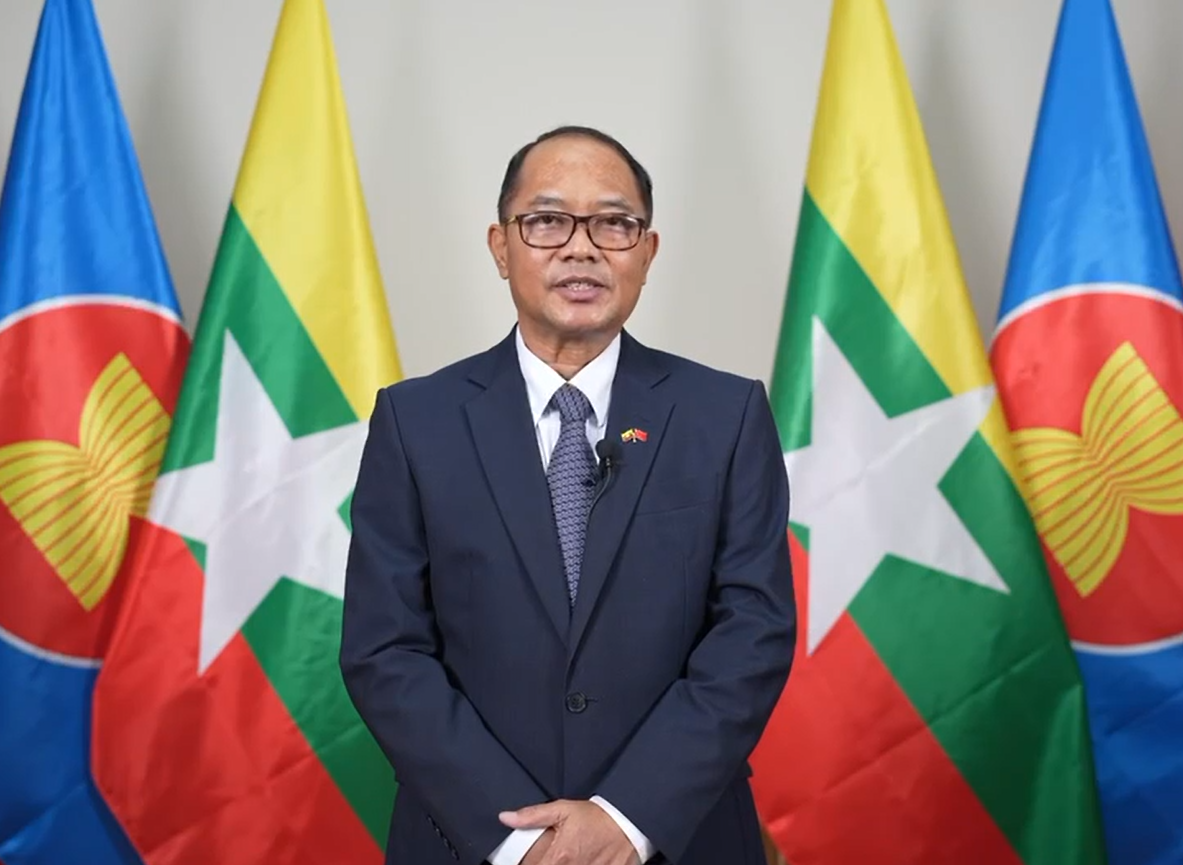
Welcome Message of Ambassador Mingalabar
Myanmar is a peaceful country vested with immerses opportunities with unexplored nature and full of cultural wonder. The rich and unique experiences in Myanmar and the warmth of its people will make people fall in love with at its first visit.
•Official Name: The Republic of the Union of Myanmar
•Capital: Nay Pyi Taw
•Commercial City : Yangon
•Location: Myanmar is located in the South-east Asia borders with Bangladesh, India, China, Laos and Thailand.
•Area: 677,000 square kilometres
•Main Cities: Yangon, Mandalay, Bagan
•Length of Coastline: Myanmar has a 2832 km long coastline on the Indian Ocean
•Climate: Myanmar mainly enjoys a tropical climate with three seasons, namely, the Hot Season, the Rainy Season and the Cold Season. Average temperature ranges from 32 ℃ in central and lower areas to 21℃ in northern highlands.
•Administrative Division: There are seven states and seven regions in Myanmar
•Independence Day: January 4th 1948
•Ethnic Groups: Myanmar is a union of 135 ethnic groups but the major races are Kachin, Kayah, Kayin, Chin, Mon, Bamar, Rakhine and Shan.
•Religion: 90% of Myanmar embraces Buddhism. The rest practise Christianity, Islam, Hinduism and animism.
•Language: The official language is Myanmar. English is widely spoken and understood.
•National Flag: Horizontal stripes of yellow, green and red with a big white star in the middle. The colours stand for solidarity, peace and tranquility, and the white star symbolizes courage and decisiveness.
•Country Code: 95
•Currency: Kyat
•Time: 6:30 hours ahead of GMT
•Unit of Measure: feet and inch
•Natural Resources: Myanmar is rich in natural resources such as petroleum, timber, tin, antimony, zinc, copper, tungsten, lead, coal, marble, limestone, precious stones, natural gas, hydro-power.
Myanmar lies on the cross-road of two of the world's great civilizations China and India - but it culture is neither that of India nor that of China exclusively, but a blend of both interspersed with Myanmar native traits and characteristics. Buddhism has greatly influence on the daily lives of Myanmar. The people have preserved the tradition of close family ties, respect for elders, reverence for Buddhism and simple native dress. Myanmars are contended and cheerful even in the face of adversities and known for their simple hospitality and friendliness.
The basic Myanmar food is mainly rice and curry. There are numerous forms of fish paste with salad. Soup is taken together with the rice and other dishes Mohinga, rice noodles with fish gravy; and Ohn-No-Khaukswe, noodles with coconut and chicken curry are popular Myanmar dishes for breakfast and light meals.
Myanmar is also a country of seafood. Crabs, prawns, lobsters and other shellfish are among the popular dishes available at most Myanmar, Chinese, Asian cuisine Restaurants in Yangon and in other parts of the country.
Typical Myanmar Restaurants serve both meat and vegetable dishes. Most restaurants in Myanmar serve Chinese and Indian food. Other Asian food include Thai, Vietnamese, Japanese, Korean and Singapore-style. European food is served mostly at the hotels and there are a couple of restaurants in Yangon serving Italian food and western cuisines.
Myanmar is a country of teashops and there are several fast food centres and snack bars in Yangon and Mandalay.
The Republic of the Union of Myanmar has a population of over 53 million. Myanmar is a union of 135 ethnic groups but the major races are Kachin, Kayah, Karan, Chin, Mon, Bamar, Rakhine and Shan.
While duty-free shops, department stores, supermarkets and mini-markets in Yangon offer a wide choice of products, both foreign and local with fixed prices , the real magic of shopping is to be found mainly in the well-known Bogyoke Aung San Market where shopping is fun and easy; and bargaining is acceptable. Situated in the heart of Yangon; housing 2000 shops with a wide selection of unique locally made goods, luxury buys such as precious jewellery of gold and gems, silverware, arts and crafts, lacquerware, paintings, traditional wooden dolls, Mandalay silk, typical Shan and Kachin shoulder bags, foodstuffs, cosmetics and tailor made clothes are a few of the sought after items.
Myanmar arts and crafts mostly pure hand-made, are the best souvenirs with reasonable prices, Lacquerware, wood and ivory carving, tapestries, silverware, brassware, silk and cotton fabric and traditional garments, shoulder bags are some of the favourite items. World renowned Myanmar rubies, jade sapphires and pearls are also available at Myanmar Gems Centre and other licensed jewellery shops.
The shops at Bogyoke Aung San Market are open daily from 9:30 am to 5:00 pm except on Mondays and gazetted holidays.
Myanmar is a new and emerging tourist destination in South East Asia. Known to most travelers as the Golden land, Myanmar is rich in cultures and natural attractions. There are numerous pagodas, temples, beauty spots, archaeological sites, snow-peaked mountains, deep forests with abundant flora and fauna, rivers and natural lakes, unspoilt beaches and archipelagoes, 135 national races with their colourful costumes and customs, traditional arts and crafts all make up Myanmar the most exotic and fascinating destination in Asia. Visitors will find Myanmar a beautiful and peaceful place with the most hospitable people in the world.
The land:Myanmar, known as the Golden Earth in the olden days for its fertile land and rich natural resources ,borders with Bangladesh, India, China, Laos and Thailand. Total land area is about 677,000sq.km. It is about the size of Texas and the size of United Kingdom and France combined. The country stretches over 2090 km from north to south and over 925 km from east to west. It has a 2832 km long coastline on the Indian Ocean. Over 50 percent of the total land area is covered with forest.
Climate:Myanmar mainly enjoys a tropical climate with three seasons, namely, the Hot Season, the Rainy Season and the Cold Season. Average temperature ranges from 32℃ in central and lower areas to 21℃ in northern highlands.
Light, casual wear, preferably cotton is suitable all year round. Cardigans of light jerkin, when visiting northern Myanmar in the cold season and an umbrella during the rainy season are suggested. Sandals or slippers are convenient, as the dress code for pagodas and monasteries prescribe decent apparel and no footwear (i.e removal of shoes and socks).
It is a transitional economy moving from 26 years of centrally planned socialist economy to market-oriented economy. Private sector has been encouraged and developed in both domestic and external trade. Foreign investment is allowed in almost all sector of the economy. Agriculture remains the main sector of the economy. In industry, small and medium enterprises are given priority in agro-based industries. Myanmar has enormous potentials for long-term economic development.
Traditional Music and Cultural Dances (Karaweik Palace, Kandawgyi Palace Hotel, Yadanar Garden, Lone Ma Lay Restaurant, Myanmar Plaza)
Music Pubs, Karaoke Launge, Disco club, Nightlife in Yangon, Mandalay cities etc.
Airport Facilities:Yangon International Airport is located 20 km from downtown Yangon. The Arrival Terminal is located separately from the Departure Terminal and the Domestic Terminal and simplified procedures ensure that on arrival and departure, international passengers are processed quickly through immigration and customs. Both Yangon and Mandalay International Airports are the main gates.
Airport Tax:The airport tax is US$ 10 for international passengers, payable in FEC(Foreign Exchange Certificates). There is no airport tax on domestic flights.
The main tourist centres are located at a distance from Yangon, and it is convenient for visitors to travel by domestic flights. Myanmar Airways, Air Mandalay and Yangon Airways operate flights for major tourist sites including Mandalay, Bagan, Heho, Thandwe, Myitkyina, Tachileik and Kawthaung.
You can also take travel domestically by express buses, Elite, JJ , Shwe man thu which the tickets are available from business class & economy class via online or at the counter.


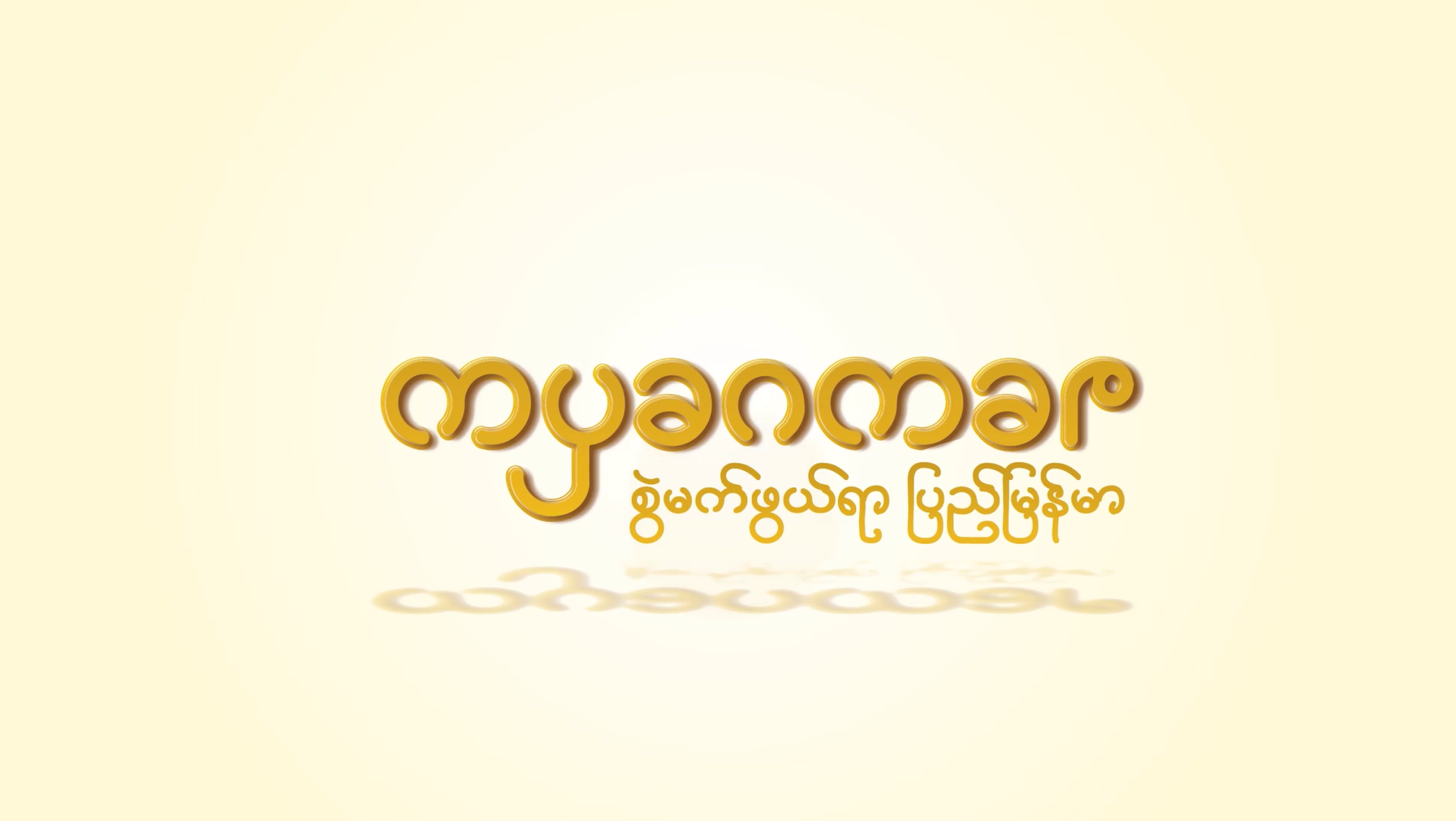

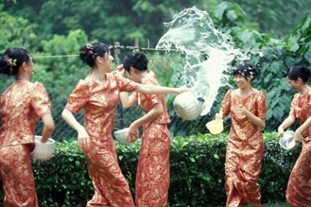
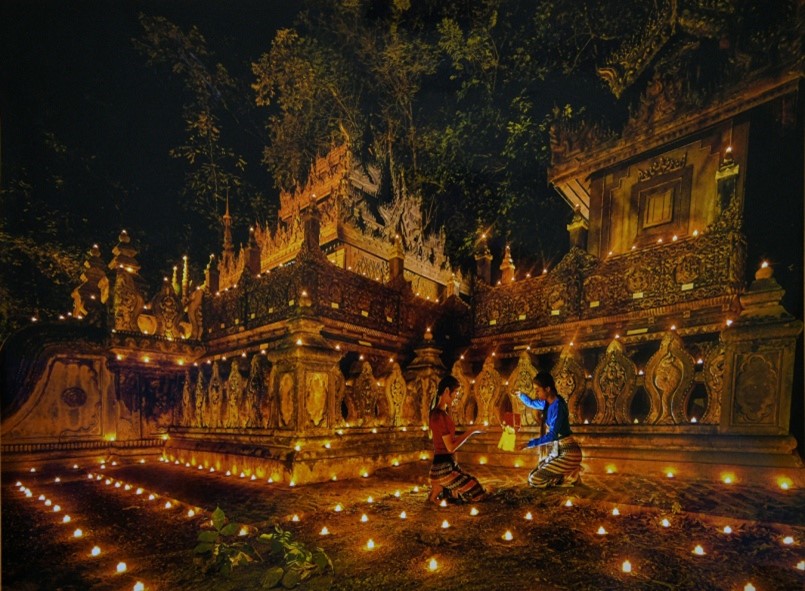
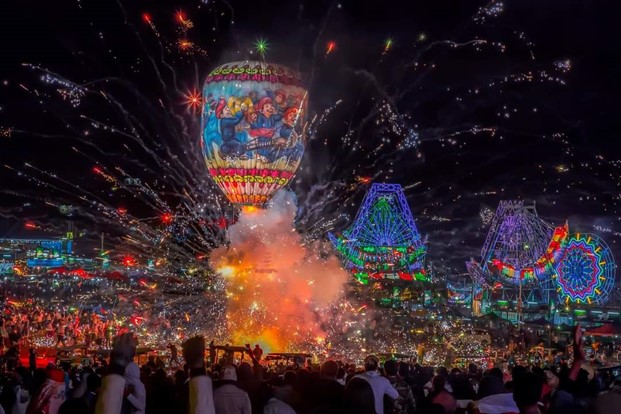
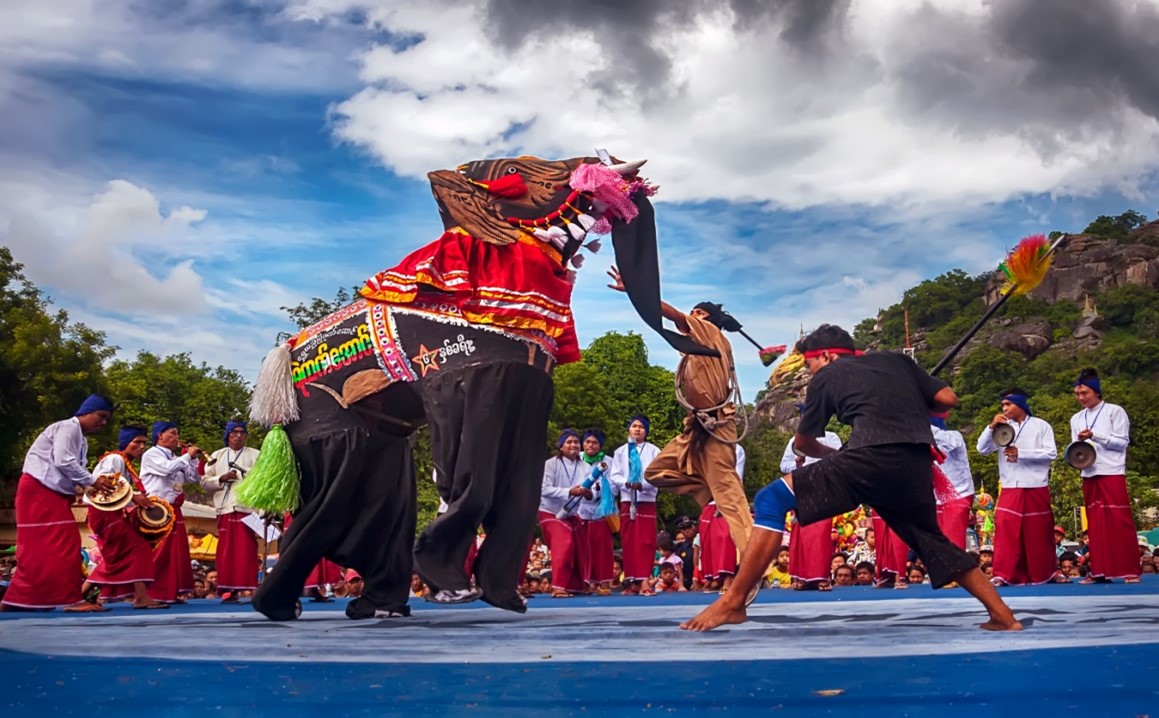
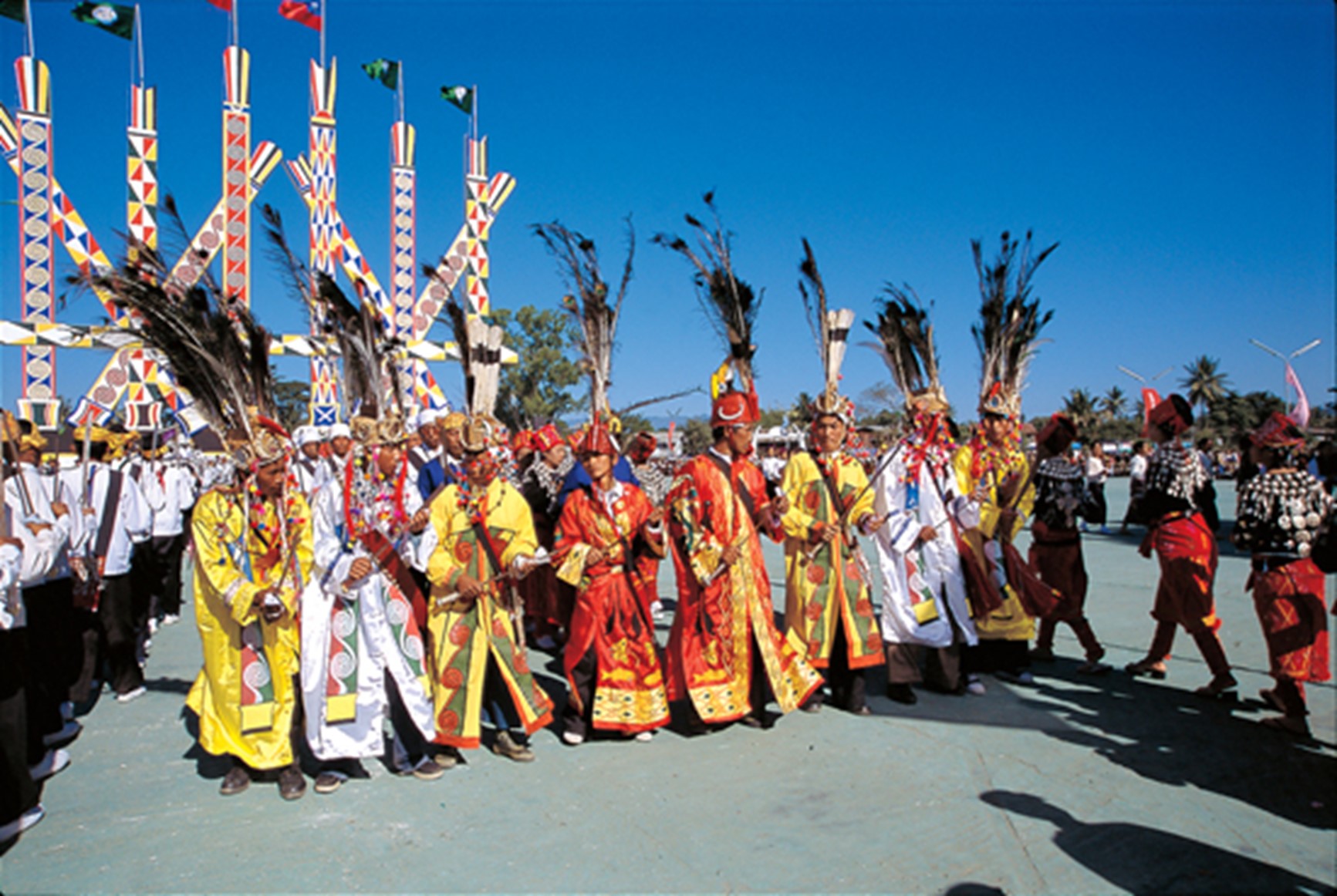


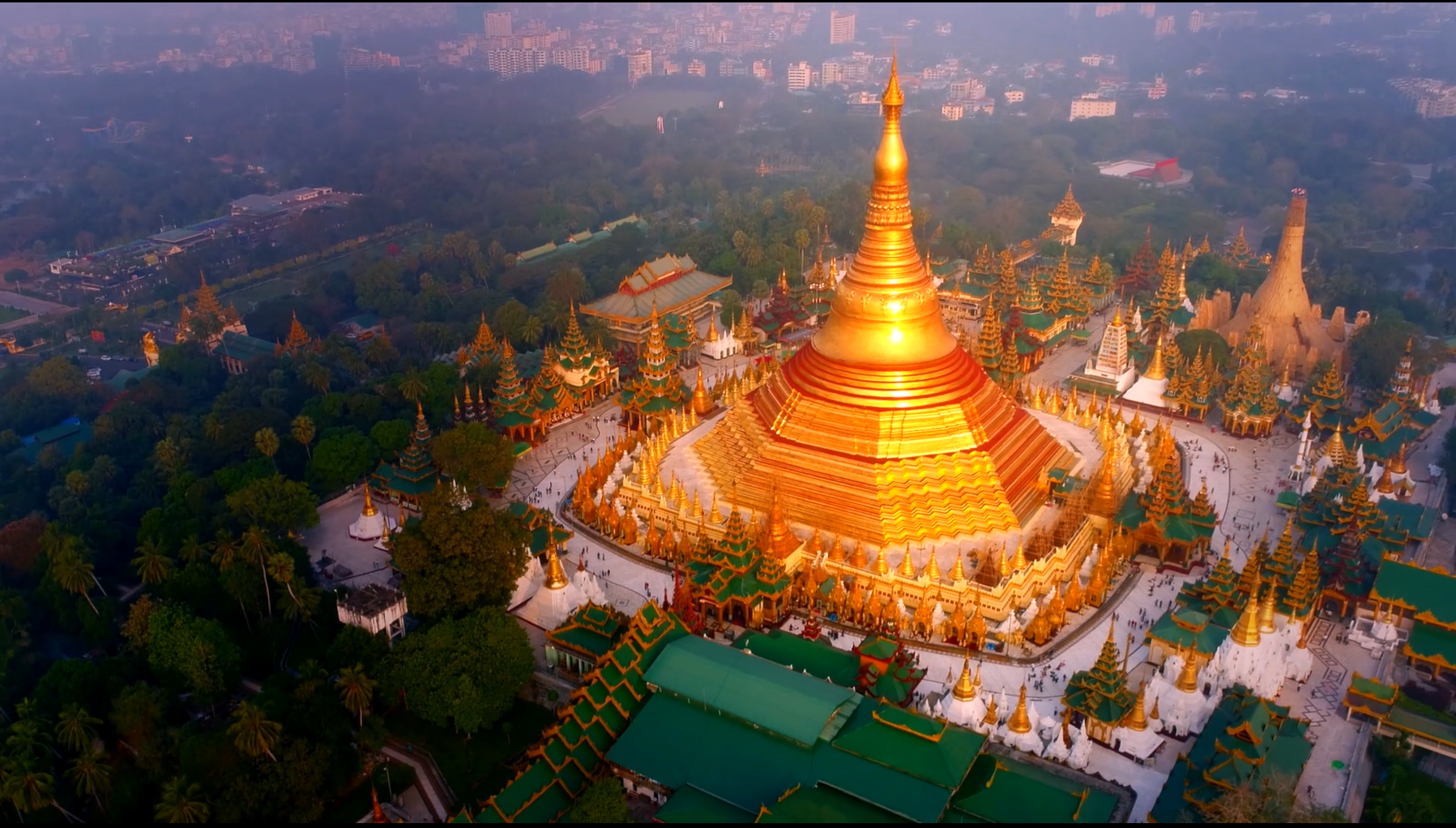

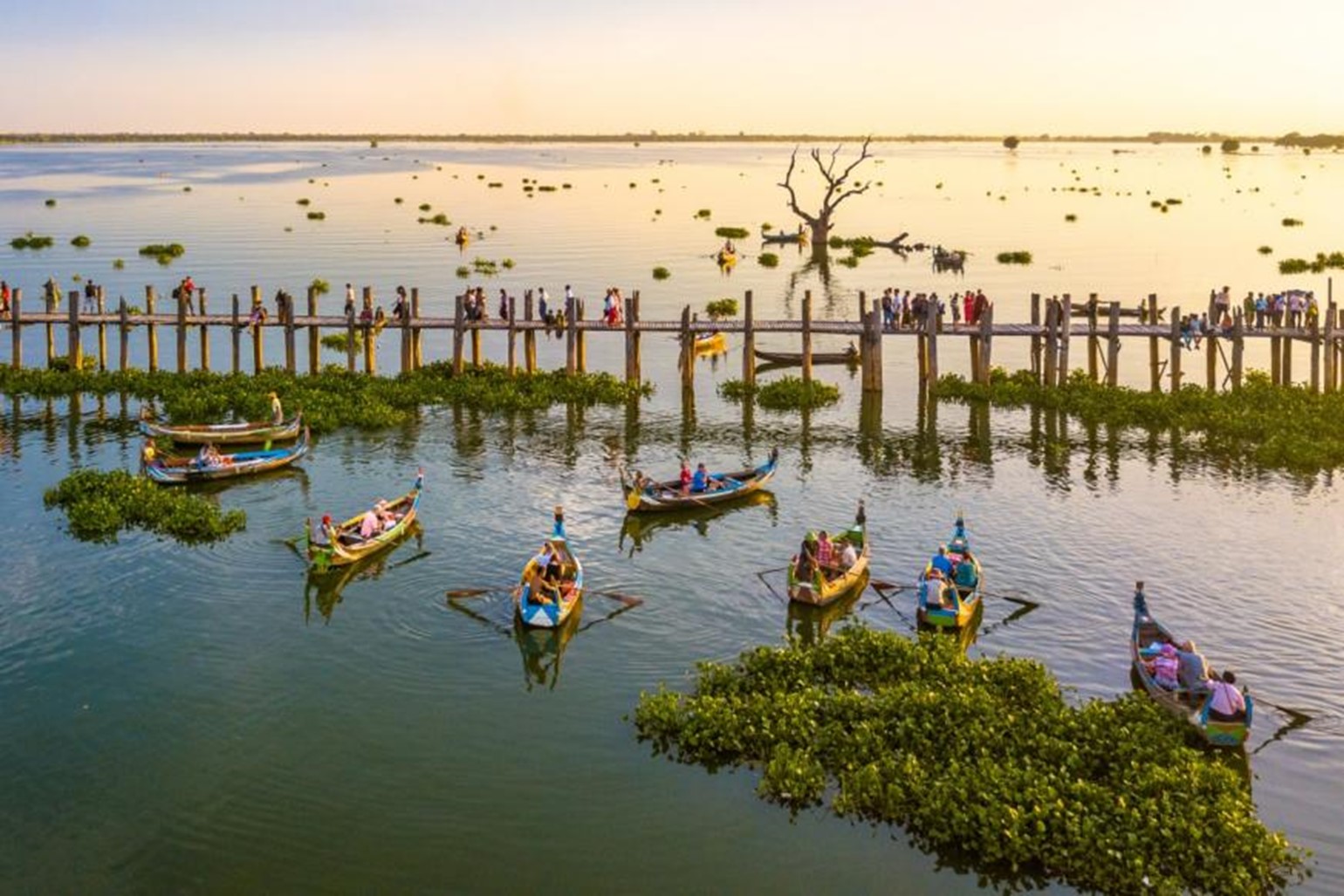
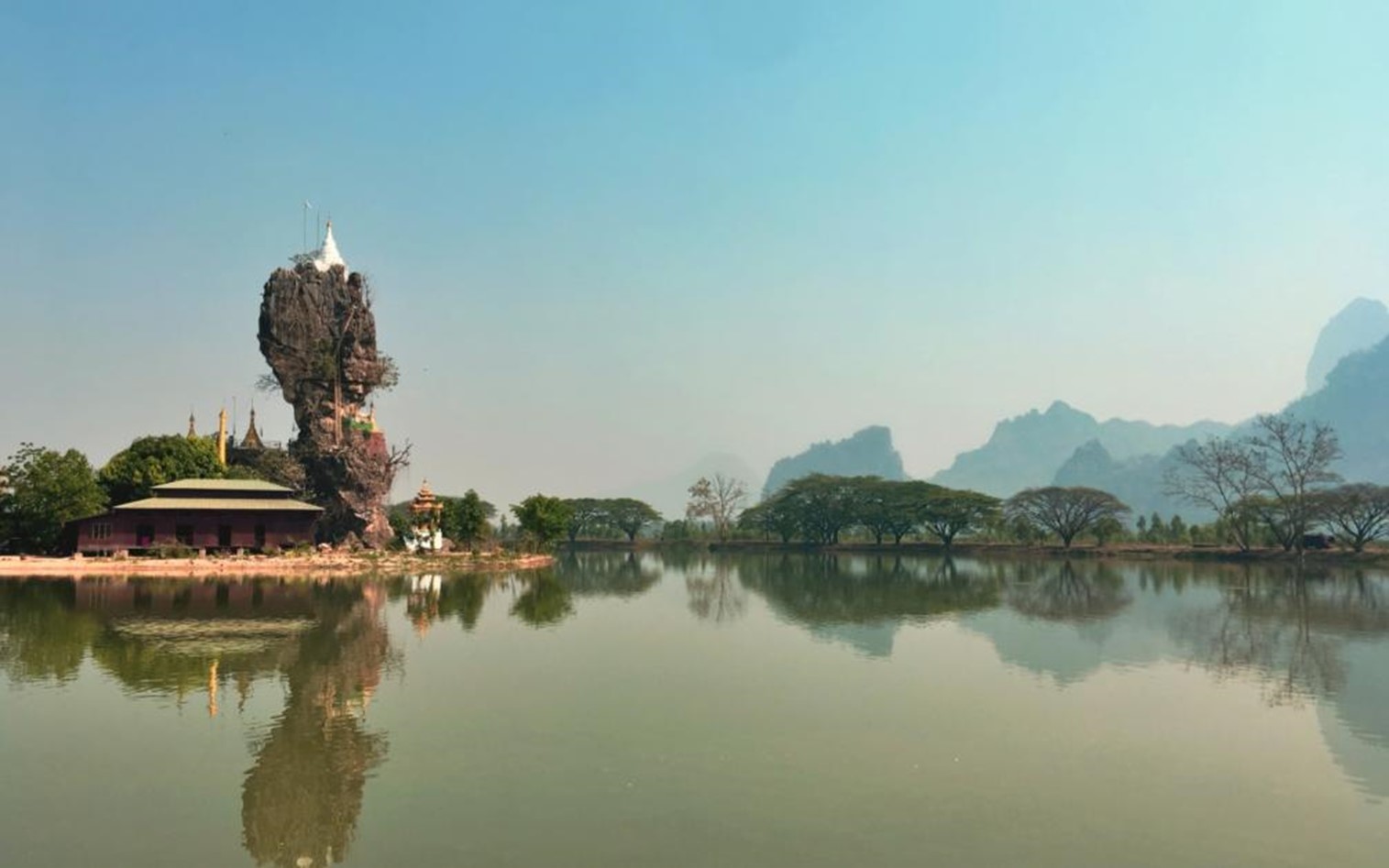
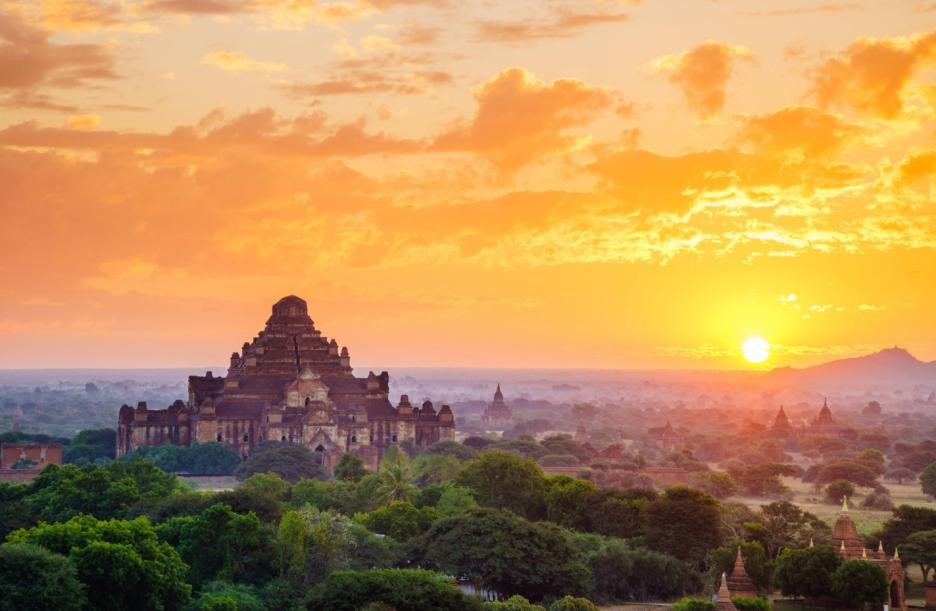
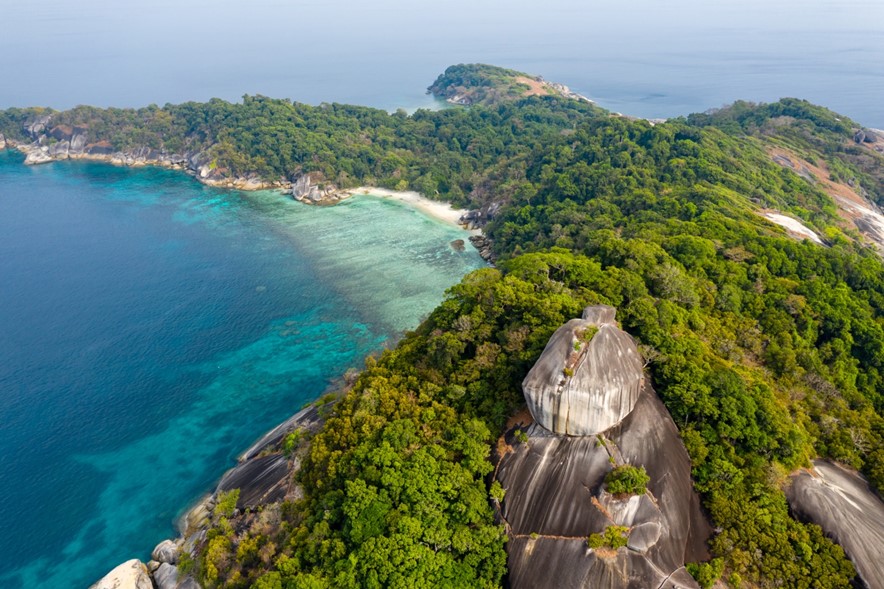

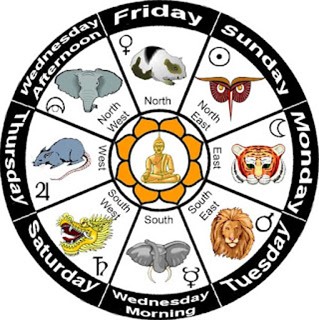


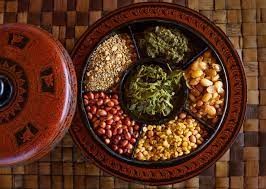
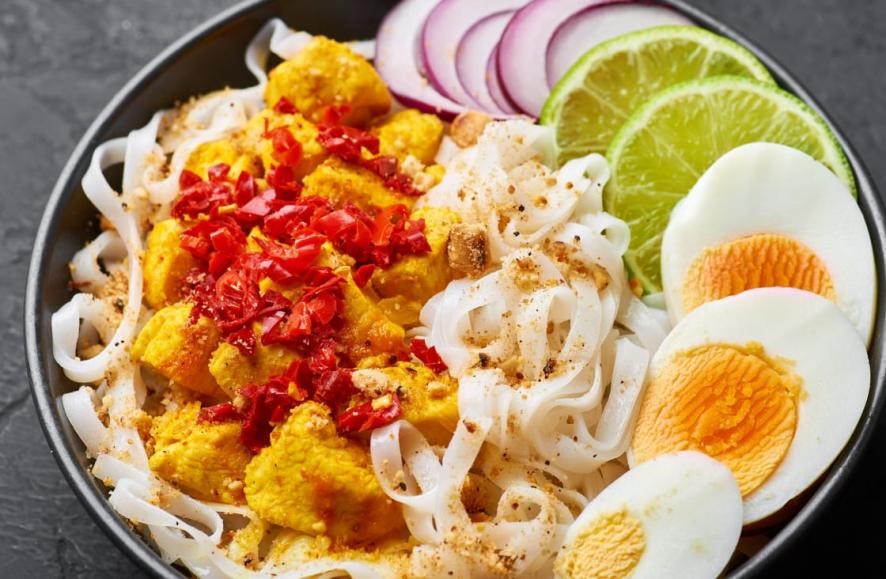
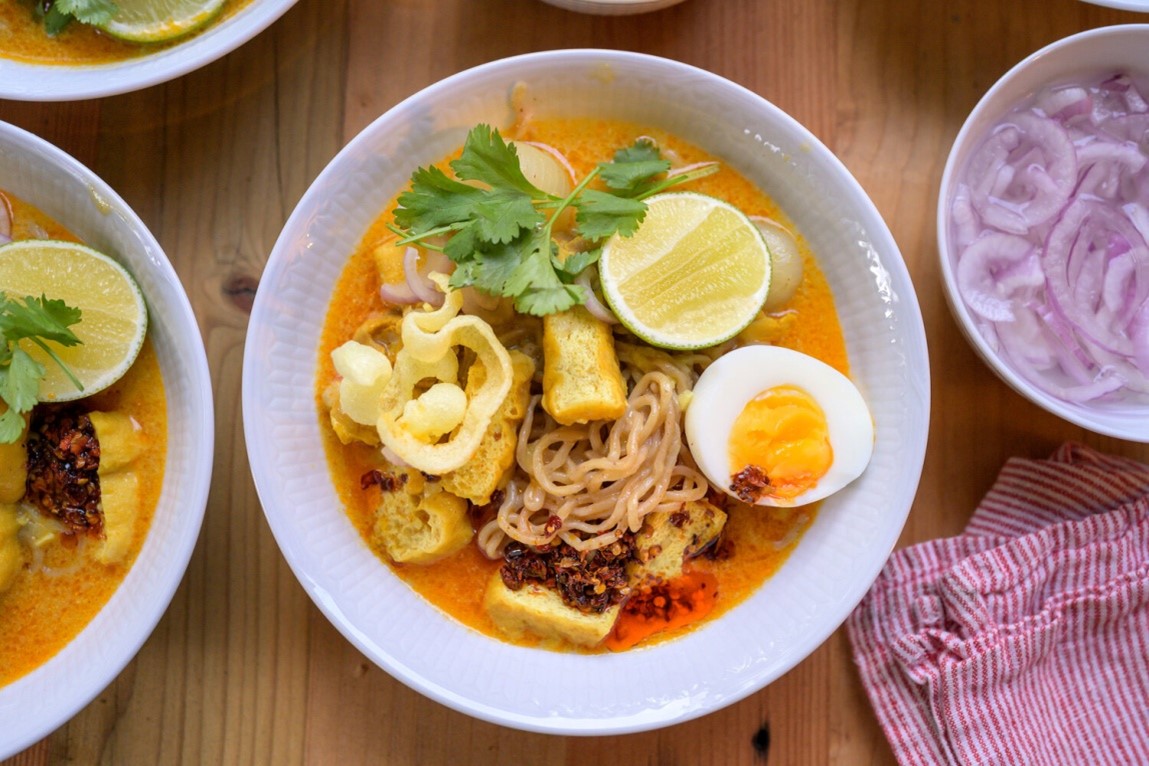
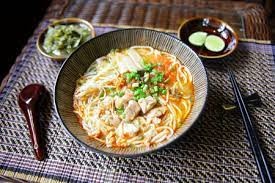
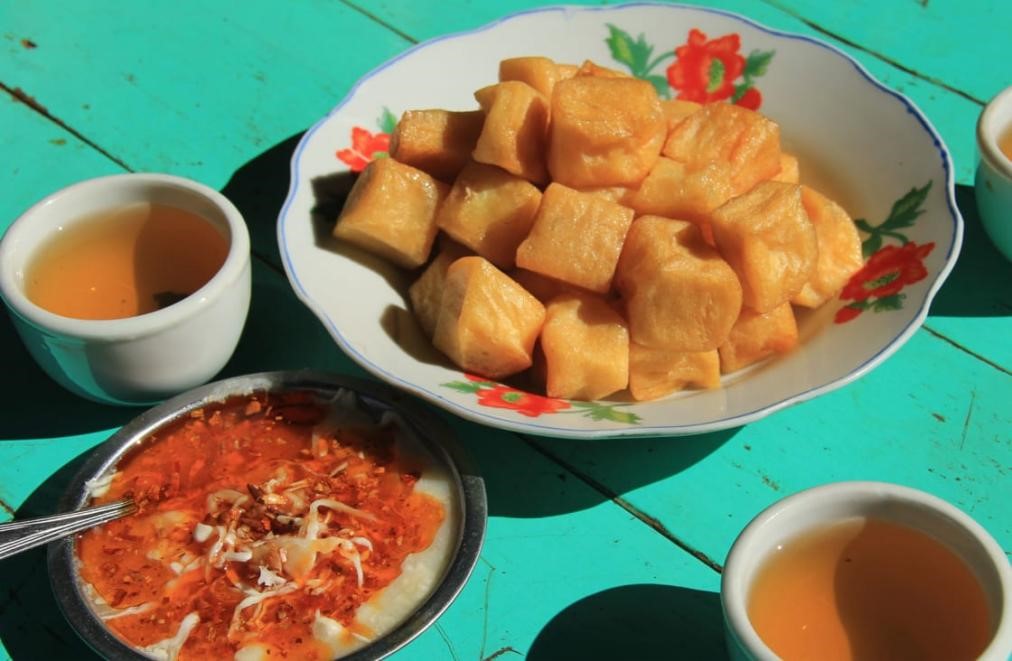

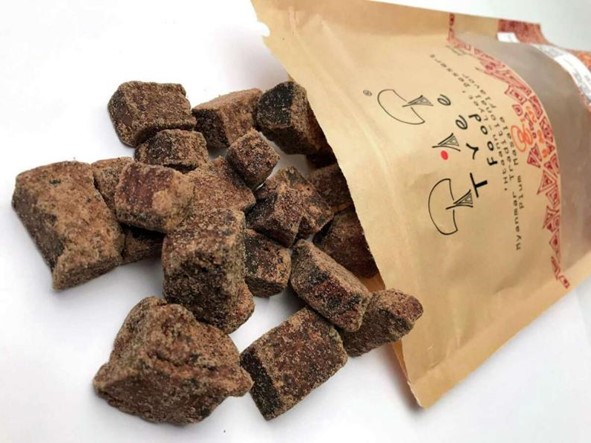


 京公网安备 11010502040265号
京公网安备 11010502040265号